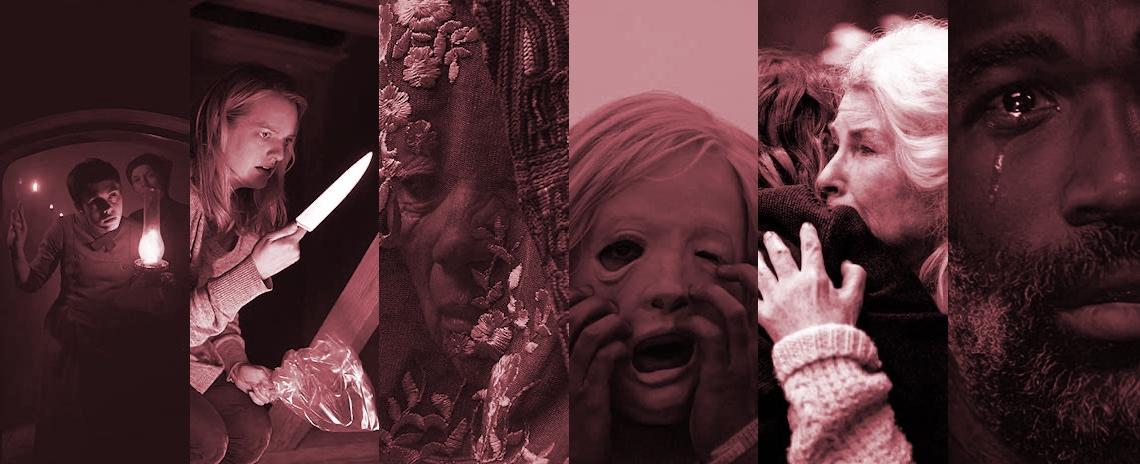A horror neophyte could be forgiven for assuming that the genre is at its most inessential at a time in which real-world terrors have already inspired an all-pervading pall of anxiety, fatigue, and hopelessness. Yet horror has always been one of the most malleable genres, alternately offering the disposable escapism of a carnival ride and the safe space in which our most acute collective fears can be exorcised. In years of struggle – which 2020 almost certainly qualified as – horror can offer catharsis of a trifling sort, giving viewers permission to scream at something silly and ephemeral. On the other hand, the genre can also give expression to discomfiting truths that embody our present moment (or transcend its particulars). In other words, horror can serve as a security blanket or a slashing scalpel, depending on one’s mood and the ambitions of the filmmakers. Although 2020 was a year in which the genre handily filled both of these roles (and many in between), the best horror offerings often seemed to echo the feelings of entrapment, disruption, and helplessness that will doubtlessly come to define the Lost Year. Intentionally or not, the works that left a lasting mark have been those that reflected the darkness beyond the edges of screen.
Due to the major disruptions to theatrical viewing in 2020, the qualifying constraints for this year’s rankings have been loosened somewhat. A feature film qualifies for this list if it had an Academy Award-qualifying theatrical opening or an exclusive online premiere (virtual cinema, streaming, or VOD) between Jan. 1 and Dec. 31, 2020.
Honorable Mentions: Alone, Amulet, Anything for Jackson, The Beach House, Becky, The Deeper You Dig, Dogs Don’t Wear Pants, A Good Woman Is Hard to Find, Impetigore, Nocturne, The Platform, The Rental, Run, Scare Me, Sputnik, Swallow, Vivarium, Underwater.
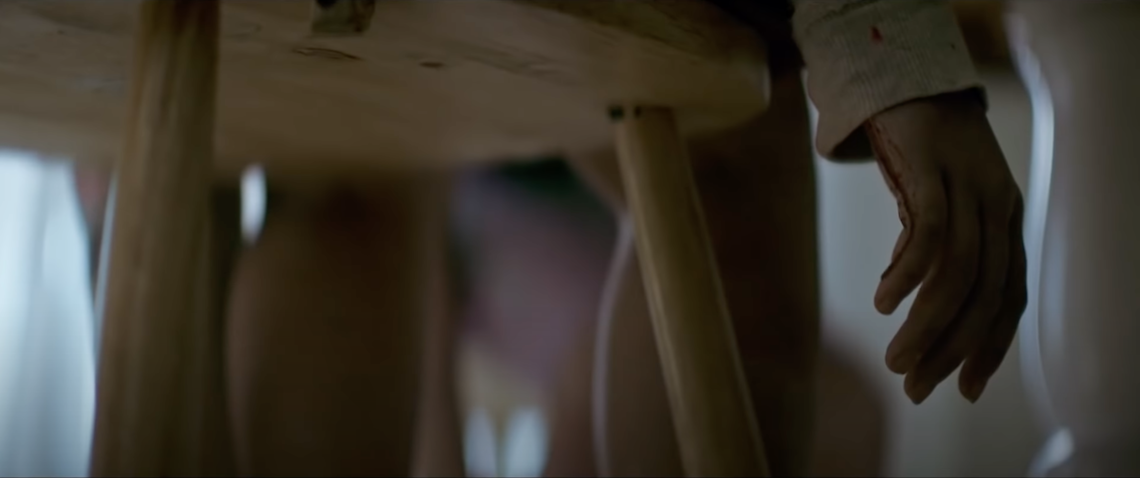
10. The Dark and the Wicked
Writer-director Bryan Bertino’s diabolical The Dark and the Wicked demonstrates that there is a perverse pleasure in watching characters thrash about helplessly in an inescapable trap. An occult thriller that slowly ratchets shut on its doomed victims like an iron maiden, Bertino’s feature makes for a singularly oppressive (and yet wickedly seductive) experience.
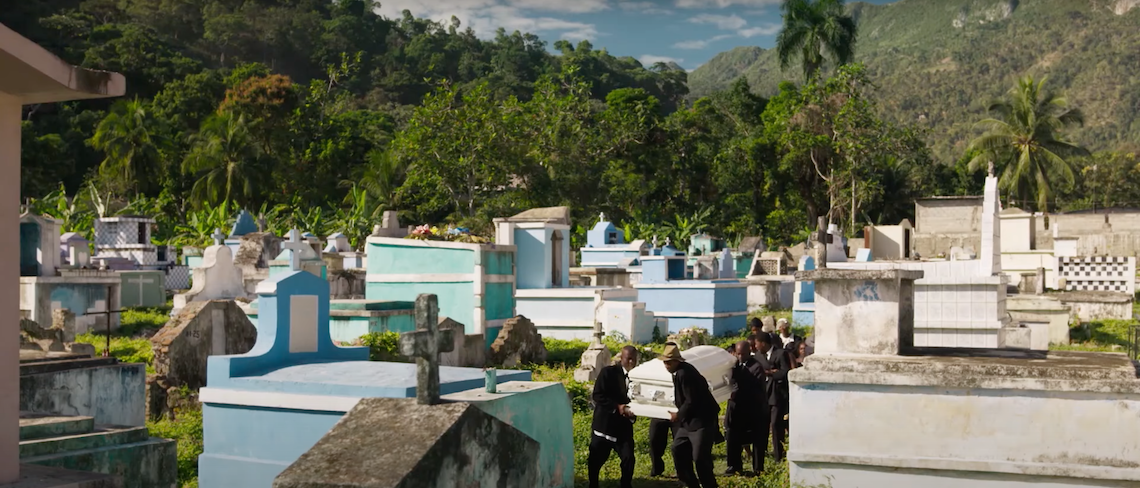
9. Zombi Child
With Zombi Child, writer-director Bertrand Bonello (Nocturnama) crafts an incisive, idiosyncratic take on the long-dormant “voodoo horror” subgenre. Intercutting the travails of a Haitian-French schoolgirl with a purportedly real-world anecdote of black-magic thralldom, Zombi Child lays out its postcolonial critiques quietly but methodically – before serving up a supernatural climax as intense and deranged as any other in 2020.
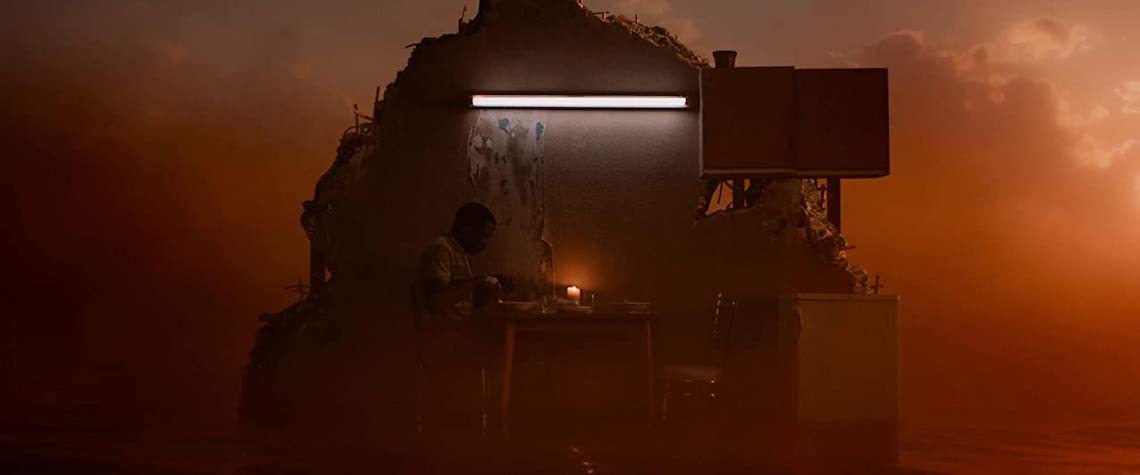
8. His House
Rami Weekes’ His House shrewdly repurposes more than a century of moldy haunted-house tropes for an innovative ghost story about Sudanese refugees struggling to make a new home in London. Wall-to-wall with evocative visuals and boasting excellent performances from Sope Dirisu and Wunmi Mosaku, His House also features one of the most shattering third-act reveals since The Orphanage (2007).
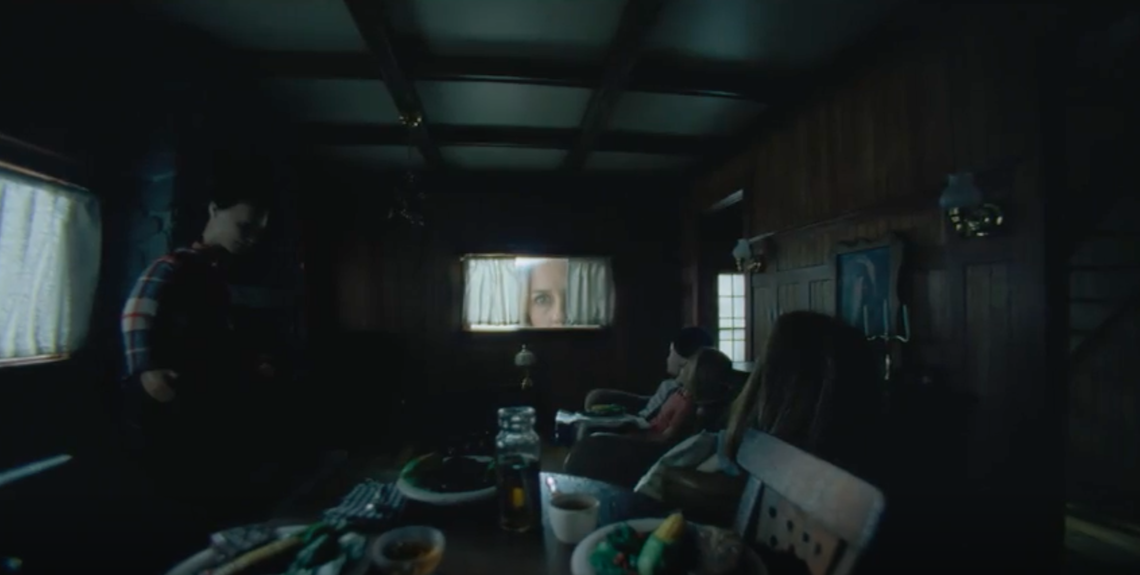
7. The Lodge
Veroknika Franz and Severin Fiala (Goodnight Mommy) return with another chilly, gnawing tale of domestic anguish, unresolved trauma, and cabin-fever paranoia. Upsetting and mystifying in equal measure, The Lodge traps two resentful young siblings and their new (wicked?) stepmother in a snowbound cabin and then stands by in mute dread as monstrous fears overwhelm their already fraught dynamic.
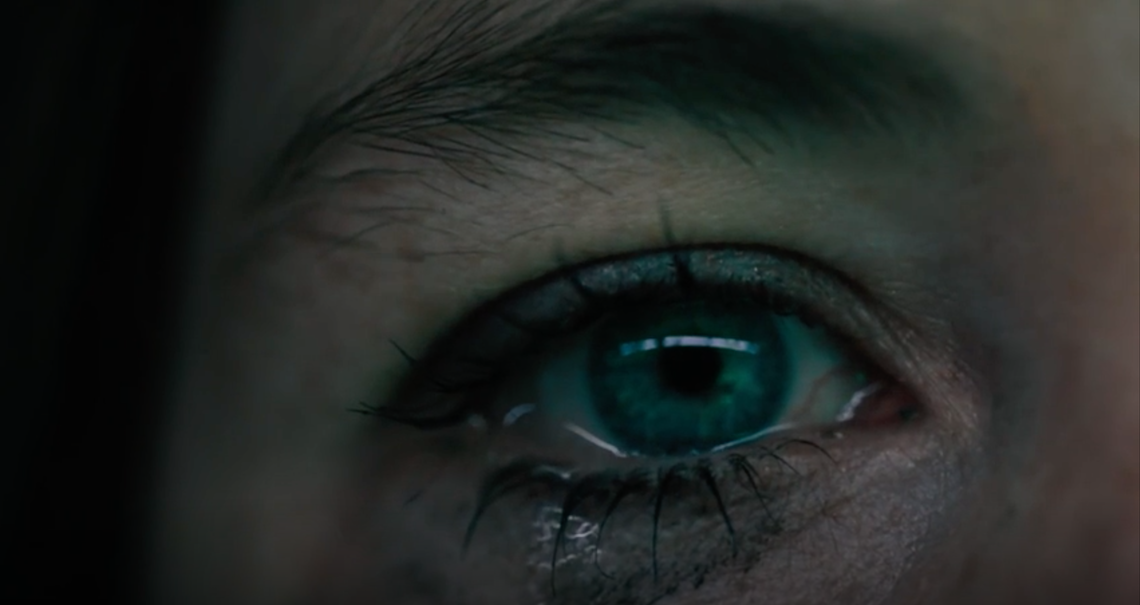
6. She Dies Tomorrow
Blending auteurist minimalism, psychotronic horror, and absurdist humor, Amy Seimetz’s elliptical and audacious She Dies Tomorrow imagines existential panic as a kind of memetic epidemic. The director’s sophomore feature watches with Romero-like amusement as civilization comes apart at the seams, each individual reacting in different, often eccentric ways to the inescapable doom of mortality.
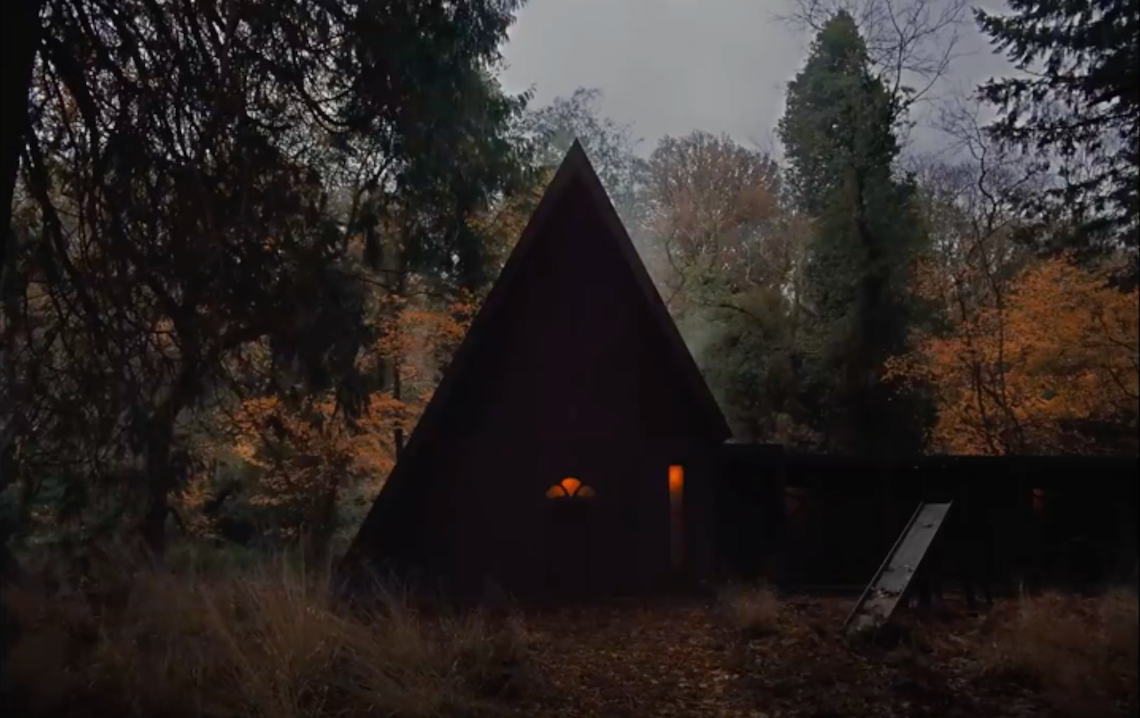
5. Gretel & Hansel
Osgood Perkins’ vivid, hyper-Grimm reimagining of the iconic German folk tale was the closest thing to a pure stylistic pleasure in the horror landscape of 2020. Although the film’s conception of the story’s drama is novel – reframing it a battle of wits between two different visions of feminine power – it’s Gretel & Hansel’s stark, haunting imagery that lingers.
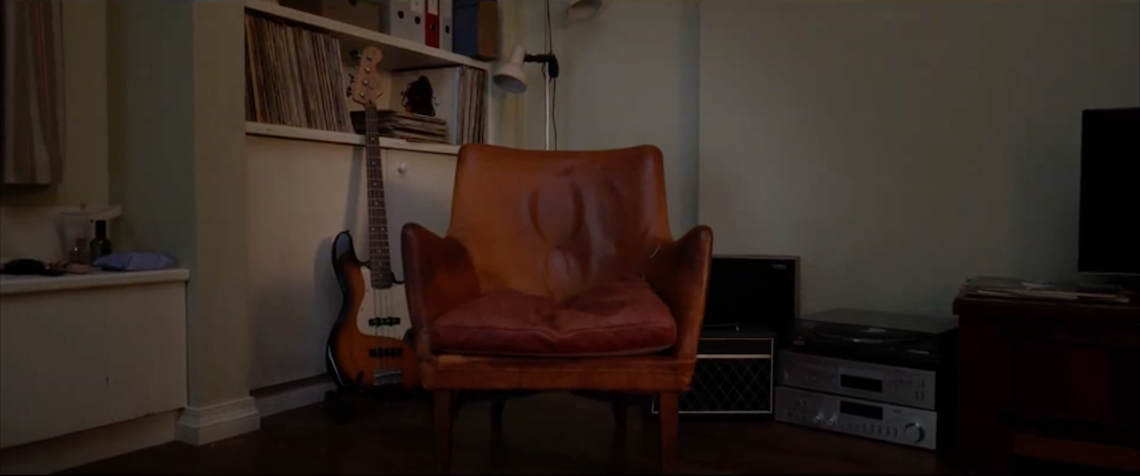
4. The Invisible Man
Leigh Whannell cunningly transmutes H.G. Wells’ sci-fi antihero into an abusive, gaslighting boyfriend from hell. Centering its shockingly violent story on the harrowing experiences of the titular villain’s primary victim – and casting a characteristically superb Elisabeth Moss – Whannell’s film makes fantastic use of negative space to create an acutely nerve-fraying experience.
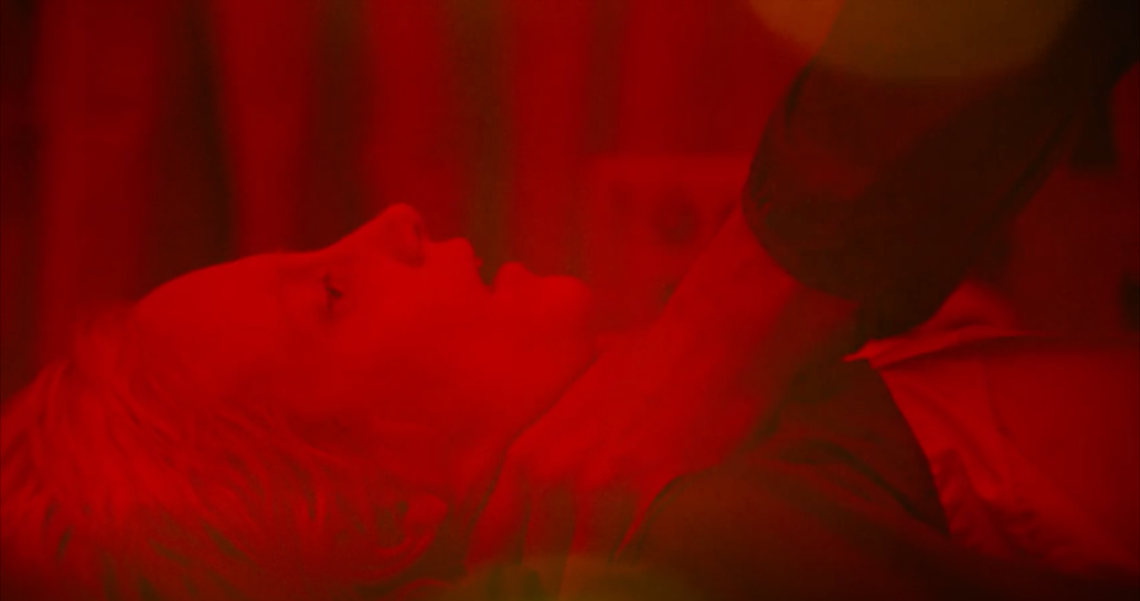
3. Possessor
Brandon Cronenberg’s sophomore feature serves up the chilly near-future imagery, uncanny psychological perversions, and gut-churning body horror one would expect from a director with his surname. What most disturbs about Possessor, however, is its bleak vision of a corporate-capitalist dystopia in which identity, humanity, and attachments are not stolen but willfully relinquished.
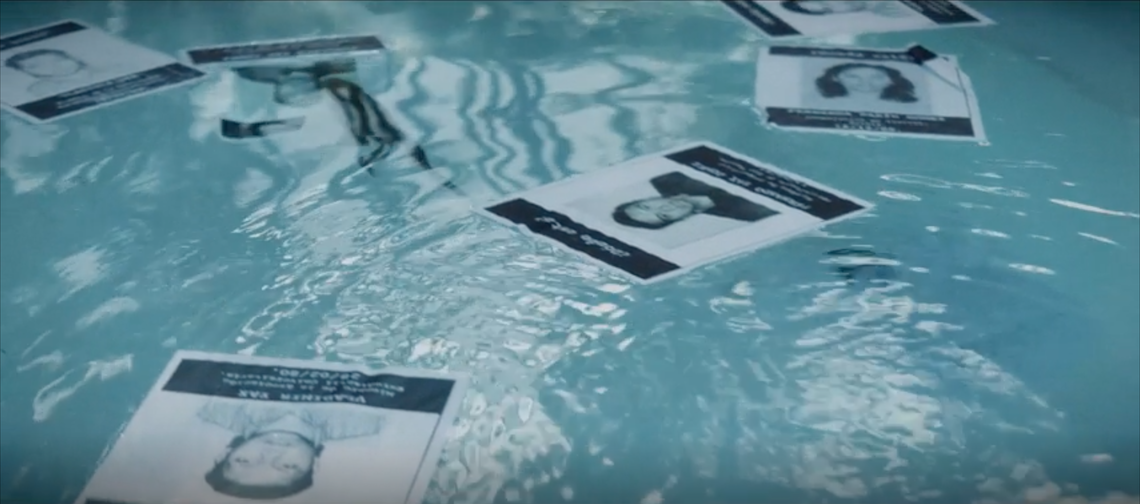
2. La Llorona
There were few surprises more welcome in 2020 than Jayro Bustamante’s outstanding La Llorona, which gave fresh, skin-crawling life to the titular Latin American folk spirit. Equal parts ghost story, domestic drama, and politically conscious thriller – served up with the slow-burn ruthlessness of Bergman and Haneke – the film turns the unquiet dead of the Guatemalan Civil War into implacable agents of gothic justice.
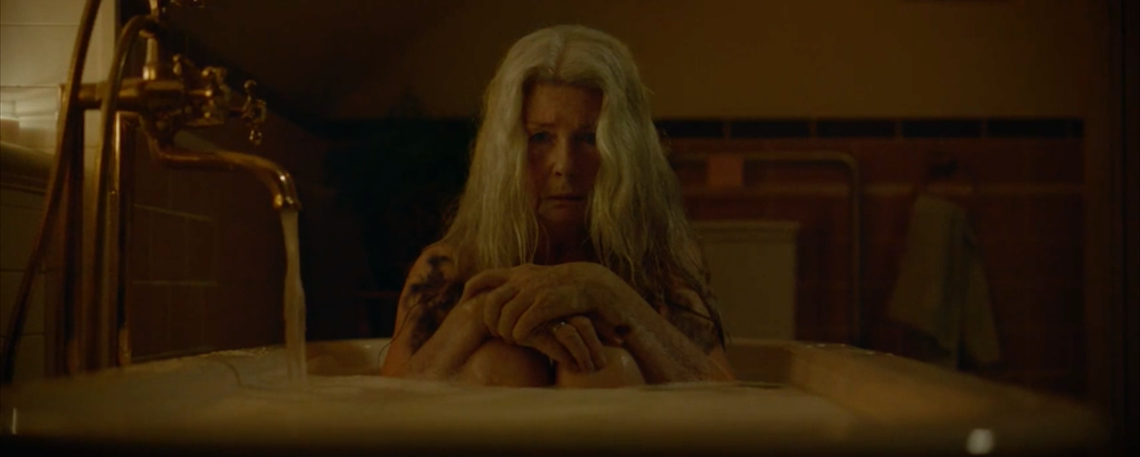
1. Relic
In a year of auspicious horror debuts, one stood above the rest: Natalie Erika James’ masterful first feature, Relic, an astonishing and deeply upsetting allegory about the ravages of dementia. Anchored by superb performances spanning three generations – Robyn Nevin, Emily Mortimer, and Bella Heathcote – James’ film strikes a rare balance between the elemental scares of an old-school haunted-house tale and the thematic sophistication of the best contemporary art-horror. Relic handles disquieting realism and nightmarish surrealism with equal deftness, but its uncommon achievements are perhaps best exemplified by its pitch-perfect conclusion, which mingles anguish and tenderness in novel, devastating fashion.

